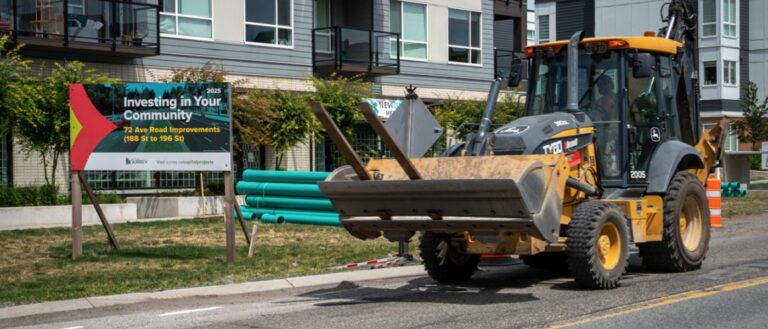Asset management budgets are strained. That’s not new news. But the fact that this is the case in a time of record infrastructure investment at every level of government highlights how desperately we need to develop strategies to address.
The dawn of the asset management plan at the municipal government level has been a positive leap in the right direction when it comes to infrastructure rehabilitation. Assets are being observed and evaluated based on the state of good repair, free from the watchful eye of political influence. The reward is an asset rehabilitation agenda based on evidence-based decision making.
Again, a positive stride, but its just one important component of a larger strategy, one that is being glanced over as a result of fiscal restraints.
Because as assets are prioritized, depending on the limited funding available, the priority can be to do work that focuses solely on reaching a ‘state of good repair’ in the short-term, even though long-term needs are visible. But getting to a state of good repair often misses the ability to factor the need to modernize the asset, structure the repair in a way that improves climate resilience, and in the case of buildings, improves energy efficiency. The long-term savings potential can be obvious, but the dollars, spread thin, may need to just meet the clear and present dangers of falling into greater disrepair: pothole or crack filling rather than repaving, repaving rather than road re-construction, road re-construction rather than re-sloping or re-alignment.
For its part, energy efficiency in buildings has been identified as one of the most impactful to reduce carbon emissions. According to the U.S. Green Building Council, building emissions account for 39 per cent of carbon dioxide emissions, with transportation second at 33 per cent. And yet, few asset owners have a plan in place to concretely address this glaring issue. Why? Because the funding and legislation do not exist to properly address it.
As we focus on the need to build new infrastructure, and dedicate much of our infrastructure dollars either to play catch up or to bring existing assets just to the point of ‘state of good repair’. The money for asset rehabilitation to its needed state, a state where emissions, resilience, and future needs can be addressed, does not exist.
There is, without a doubt, a need for a plan for how to address Canada’s aging infrastructure assets.
On February 18th we will begin to have this much-needed dialogue. In partnership with KPMG, ReNew Canada will gather industry leaders for a roundtable discussion on how we begin to build a framework for addressing the needs of aging infrastructure assets in Canada. We will share our initial work as part of a feature article in the May/June edition of ReNew Canada. And once we have received feedback from the industry, we will follow up both with both our readers and the government leaders who need to learn from this important conversation.
Want to have your voice heard on the issue of building a framework for addressing aging assets in Canada? Feel free to email me with your thoughts, and I will be sure to include your input in our conversation. I can be reached at [email protected].











